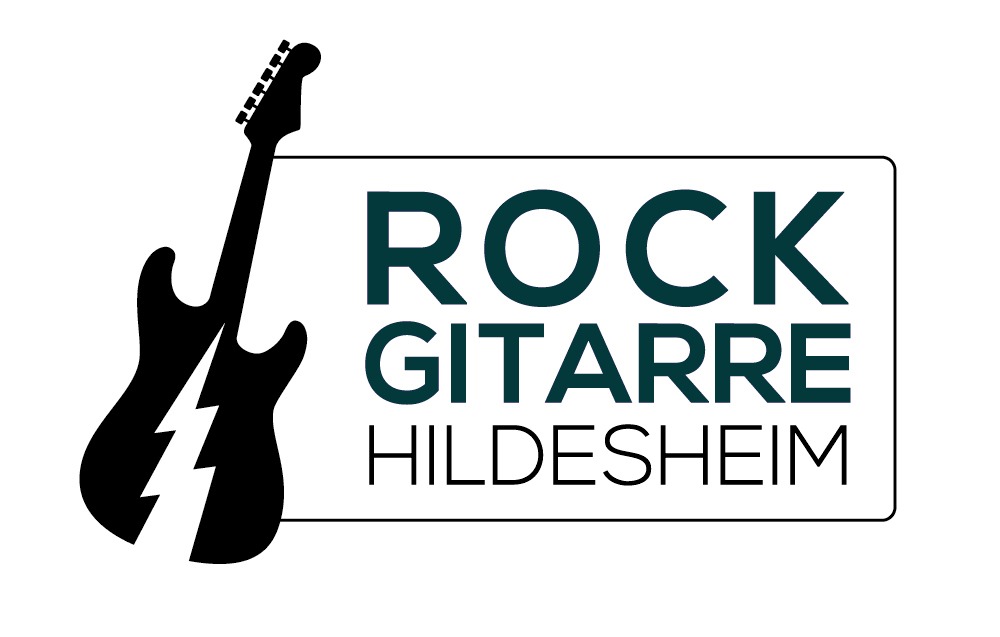„Beyond the Pentatonic Box: Why 3-Notes-Per-String Scales Will Transform Your Playing“
By Christopher Henckel
Do you ever listen to your favorite guitarists and wonder: „How do they make it sound so effortless and flowing?“
I’m Christopher, and I’m about to share something that’ll completely change how you see the fretboard. But first, let me ask you something.
When you think about learning modes or expanding beyond pentatonic scales, what’s your honest reaction? Excitement or anxiety?
If you said anxiety, you’re in good company.
The Overwhelm Is Real
Let’s be brutally honest – how does this make you feel?
„Learn the 7 modes of the major scale!“
- Ionian, Dorian, Phrygian, Lydian… (wait, what?)
- Seven different fingering patterns to memorize
- Complex interval relationships to understand
- Endless fretboard diagrams that all look the same
By the third diagram, are you already planning your retreat back to trusty pentatonic?
I totally get it. The traditional approach makes scale learning feel like homework instead of music.
What If Everything You Learned Was Wrong?
Here’s what nobody tells you: you don’t need to memorize seven different patterns. You need exactly three shapes.
I call them the Red, Green, and Blue method, and they’re about to change everything.
The Red Shape:
- 3 notes with 2-fret spacing between each
- Fingers: 1, 2, 4 (pointer, middle, pinky)
- Pattern: fret-space-fret-space-fret
(Insert Red Shape Image Here)
The Green Shape:
- 3 notes: close together, then spaced apart
- Fingers: 1, 2, 4
- Pattern: fret-fret-space-fret
(Insert Green Shape Image Here)
The Blue Shape:
- 3 notes: spaced apart, then close together
- Fingers: 1, 2, 3
- Pattern: fret-space-fret-fret
(Insert Blue Shape Image Here)
The Magic Formula
Here’s the pattern that unlocks everything: Red → Red → Green → Green → Blue → Blue
Starting from your low E string and moving up, this sequence gives you the complete major scale.
(Insert Major Scale Image Here)
Why This Changes Your Playing
1. Pattern Recognition Your brain loves patterns. Three shapes in a repeating sequence? Much easier than seven random positions.
2. Positional Awareness Playing a Green shape? You instantly know where you are in the overall pattern.
3. Smoother Playing 3-notes-per-string naturally flows better than traditional scale boxes.
4. Picking Consistency Same number of notes per string = smoother, more consistent picking technique.
The Secret Advantage
Ever wonder how some players seem to glide across the entire fretboard effortlessly?
This is their secret. They’re not thinking about seven different scale positions – they’re following simple shape patterns that connect seamlessly.
And here’s the beautiful part: you can start using this today, even if your music theory knowledge is still developing.
Starting Your Journey
Feeling overwhelmed about where to begin?
Pick one key. Any key. Let’s say G major. Find a G note and start your Red-Red-Green-Green-Blue-Blue pattern.
Don’t worry about what mode you’re playing or complex theory. Just focus on the pattern and how it sounds.
Can you hear how much more sophisticated this sounds than pentatonic alone?
The Permission to Skip Theory (For Now)
Are you worried that you should understand all the theory before attempting this?
Here’s the truth: theory serves music, not the other way around. If learning these patterns gets you excited about playing guitar and helps you express yourself better, you’re doing it right.
The theoretical understanding will come naturally as you play more. Don’t let it be a roadblock to progress.
Your Path Forward
Start with the patterns. Get them under your fingers—jam with them. Have fun with them.
Let the theory come naturally as you play. Don’t let a lack of theoretical knowledge stop you from advancing your playing today.
After all, isn’t the whole point of learning guitar to make music and have fun?
Christopher Henckel is a professional guitar teacher whose experiences touring the United States, working as a professional guitar technician, and his genuine passion for learning have shaped him to deliver a well-rounded guitar education. Visit https://sarasotaflguitarlessons.com for more information about guitar lessons in Sarasota, FL.
